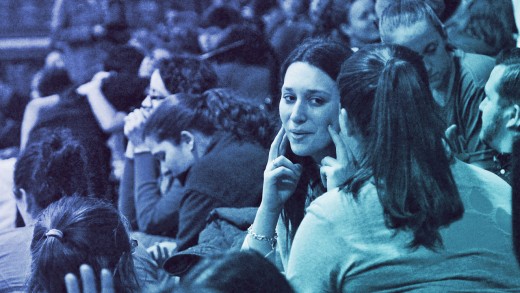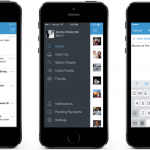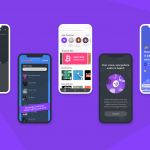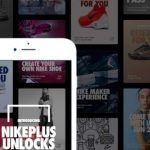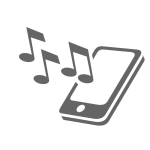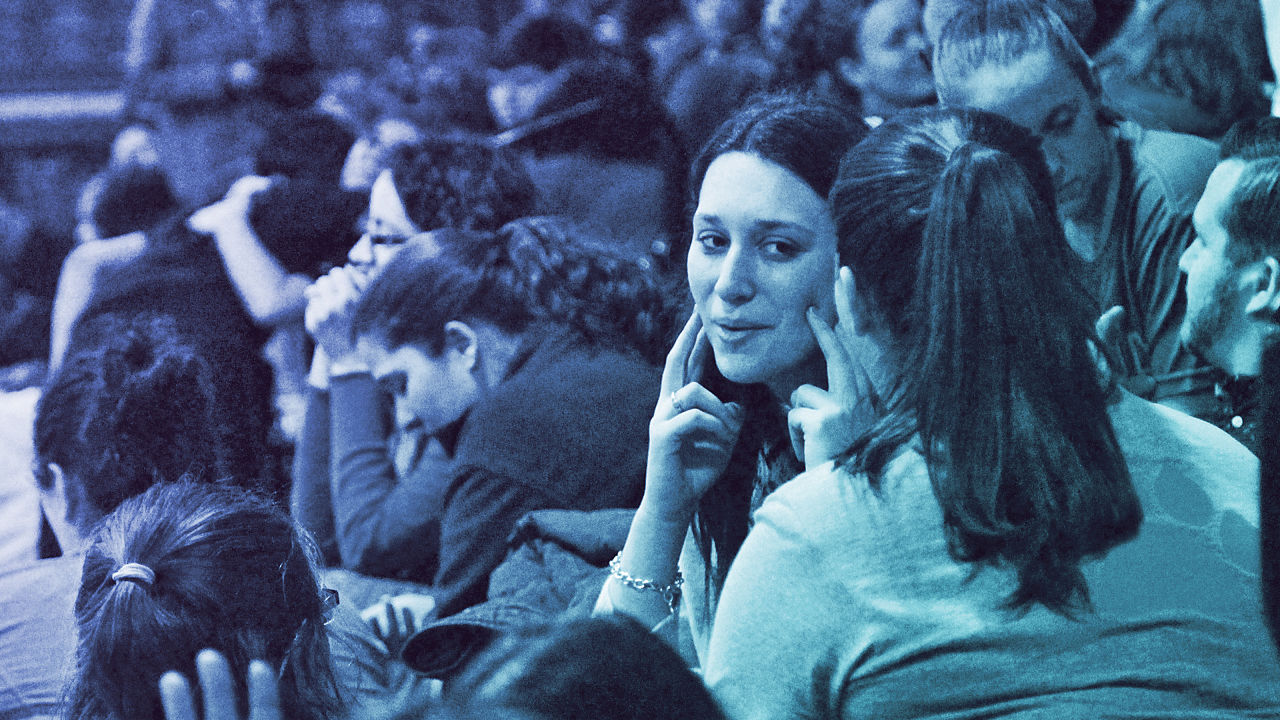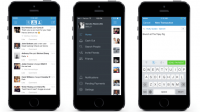How Video-Chat App drift acquired Deaf people talking
Israeli startup waft discovered that its videoconferencing app was a success among deaf individuals—and is now championing the neighborhood.
December 4, 2015
e mail, text messaging, and chat apps might appear the best instruments for deaf people to communicate. but these with little or no hearing are a visible bunch, and plenty of prefer signal language, says Claude Stout, govt director of TDI, an organization that promotes equal-access technology for the deaf and difficult of hearing. “We show the nuances of conversation,” says Stout, thru an indication interpreter. “And we use our expressions to show our feelings, and show that we are chuffed or unhappy or involved or upset, identical to that you could hear those nuances in an individual’s voice.” And signers can talk quick, says Stout, at up to 200 words per minute. furthermore, signing is steadily the native language for many who use it. moving to the keyboard approach switching to a 2d language.
which is why Stout and his colleagues at TDI had been excited to seek out waft, an Israeli startup based in 2012 that makes a free video-chat app of the same name for Android and iOS. flow told me that it now has “at the least a couple of hundred thousand deaf users.” (The app has been installed on greater than 20 million units and go with the flow claims “hundreds of thousands” of active users.) “They had been a neighborhood that we discovered by chance,” says Sarah Snow, waft’s community manager. Snow was making YouTube videos about flow when she started getting feedback from app users asking her to add subtitles. “once I first saw these messages, I didn’t know what to think; I failed to comprehend what number of deaf users we had,” she says. “however I knew that they have been a neighborhood that at all times responds to my videos.”
discovering a trove of sudden lovers, Snow went all-out to domesticate them. That supposed now not handiest adding captions to her YouTube clips, however starting to research American sign Language (ASL) so she could make videos specifically for this group. Snow has additionally performed meetups for users and institutions for the deaf and hard of hearing, including Gallaudet university in Washington, D.C., and the universities for the deaf in Austin, Chicago, New York city, and Fremont, California. go with the flow customers even proposed their own signal for the app, with the most well-liked being a fist with thumb and index finger extended out. Snow describes drift’s relationship with its deaf customers in a video selling a South via Southwest panel on the expertise she’s offering in March 2016.

waft is not the primary tech company to discover lovers it never expected. Igniter.com, as an example, was based in 2008 as a gaggle-courting provider all for NY city, but it surely quickly changed into the quickest-rising relationship website online in India. “In January 2010, we made the decision that we’re an Indian courting website online,” Igniter cofounder Adam Sachs instructed the the big apple instances in an interview.
The Killer features
glide is far from the primary video-chat carrier: Skype was once based a dozen years ago, and FaceTime debuted on the iPhone 4 in 2010. and naturally Snapchat has video. however go with the flow has one killer function for deaf people: the ability to leave a video message reasonably than having to prearrange a reside name. “With glide, they are able to send a message each time they want,” says Snow. “They do not need to look forward to any person to respond to a call.” With that asynchronous messaging functionality, sign language users get the same flexibility everybody else has with instruments such as electronic mail or fb messages.
The app may do extra, though, Snow soon discovered. drift makes use of a function referred to as optimize video frame rate, by which it skips some video frames when bandwidth is limited. A hearing particular person might appreciate buying and selling high quality for velocity, however dropped frames may garble sign communication. on the request of deaf customers, drift delivered a surroundings to show off the feature. “should you send a video and you have a bad connection, then it would take a second or two longer to send,” says Snow, “however it’ll play smoothly.”
In August 2015, TDI selected go with the flow for its biennial Andrew Saks Engineering Award for enabling applied sciences. “We wanted to show the world that float’s video expertise is starting out as a mainstream expertise for anyone who wants to use it,” says Stout. “however glide [is] proceeding with promoting and selling this know-how as a advantage within the deaf neighborhood.” The previous two recipients of the award were Microsoft in 2013 for its overall commitment to accessibility, and Google in 2011 for its expertise to automatically create captions on YouTube movies. (The characteristic was introduced in November 2009.)
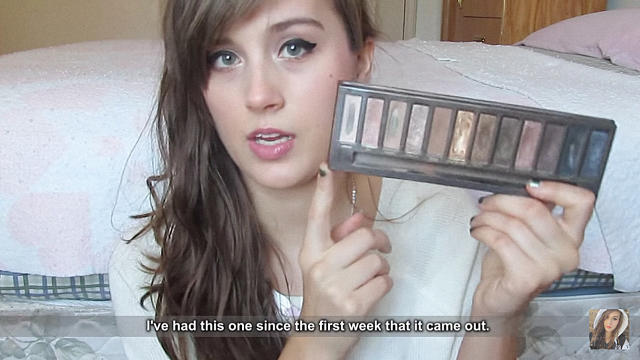
Even the companies that are prime in this container might be doing more, some say. Rikki Poynter is a deaf YouTube videographer who started out with instructional videos on makeup (though she will’t hear, she will be able to talk beautiful evidently) and has considering broadened her focal point to other considerations within the deaf community. the quality of YouTube’s automatic caption creation, she says, is still negative—she calls the feature “automatic craptions.” (We chat over Skype, with me typing questions and her speaking answers.)
“people at all times snigger about it,” she says, “but it surely’s not truly humorous, as a result of that is all which is given to us.” people viewing faculty lectures, for example, could pass over key information, she says. Poynter says she has spoken with individuals at YouTube, who inform her that the expertise isn’t far enough along for better high quality. but she is still skeptical, noting her experience with Apple’s speech reputation. “My boyfriend will speak to his iPhone,” she says. “it’s going to come out spot-on.”
Poynter was featured in a February 2015 BBC article that rates YouTube product manager Matthew Glotzbach pronouncing, “even though i think having auto caption is better than nothing, I absolutely admit and i fully recognize that it’s under no circumstances just right enough yet.”
an even bigger downside, although, is that most YouTubers don’t even consider the usage of captions, says Poynter. consistent with Glotzbach, in the same article, simplest 25% of YouTube content has captioning. Sarah Snow has taken up the cause with a campaign encouraging customers to contact their favorite YouTube creators and put up about it the use of the hashtag #withcaptions. One promoting point is that captions are helpful in lots of situations beyond the deaf neighborhood, comparable to in noisy settings like bars, the place closed-captioned tv declares are a staple. Stout calls this an instance of common design policies that advantage everybody, now not most effective the deaf or arduous of hearing.
a lot as he likes drift, Stout seems ahead to a day when such video messaging capability is a universal design across devices and doesn’t require a special app. “you should use fast messaging . . . despite what technology you use,” he says. “in the future, it will be good so as to send a video message or to make a video call with any person, regardless of what technology device they’re the use of.”
(75)

